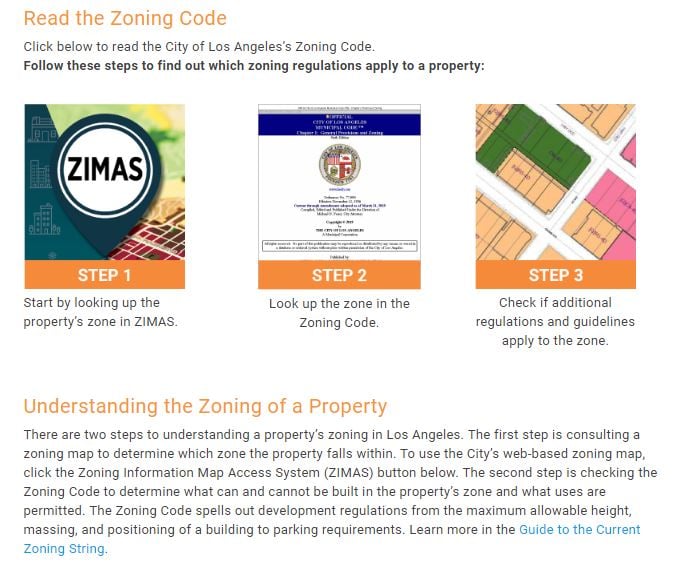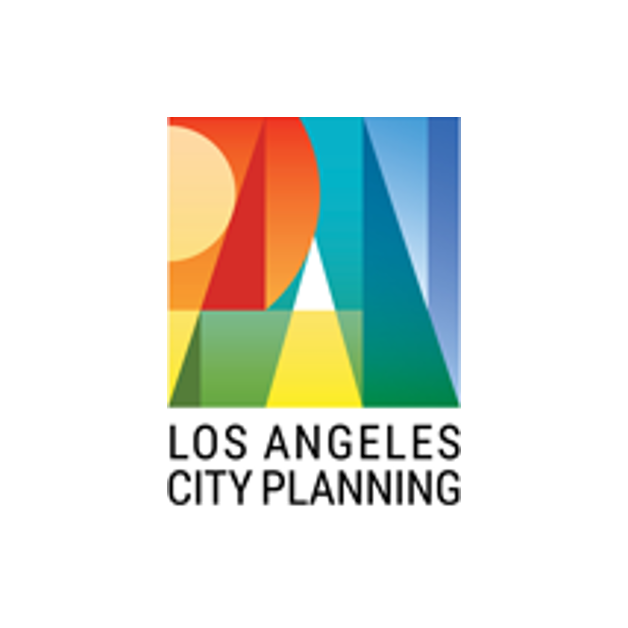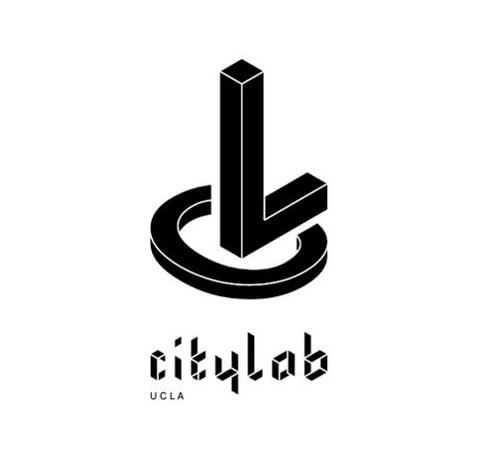Zoning Changes
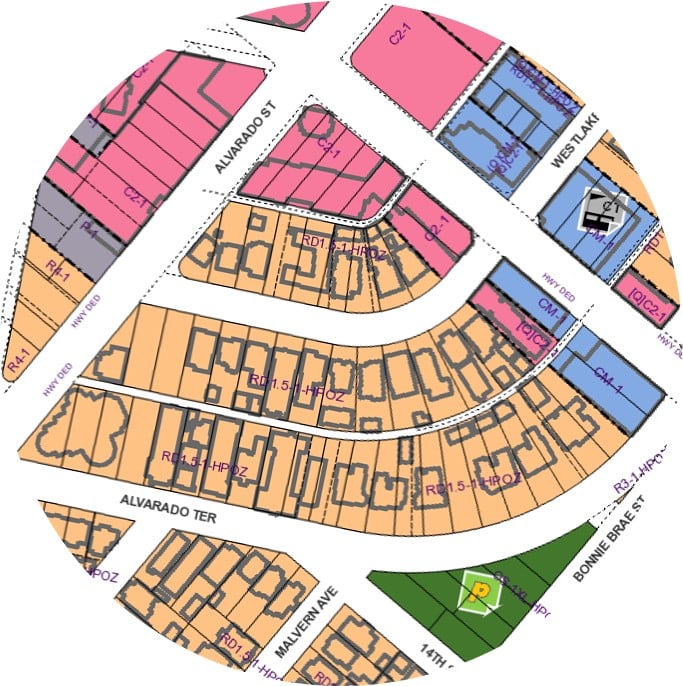
Zoning Changes
Background
Zoning is local government’s primary tool for regulating development, determining the size, shape, style, location, and permitted use of buildings in a given area. Various kinds of land uses are grouped into general categories, or “zones,” such as open space, agricultural, residential, commercial, manufacturing, and public facilities, each with its own set of standards. Zoning regulations are amendments and updated on an ongoing basis, as the needs of the community evolve.
Los Angeles
It has been argued that the zoning rules in Los Angeles are out of date – and have hampered the ablility for the City to grow beyond the nearly 4 million residents, leading to regional urban sprawl and traffic congestion. Updates to zoning have occurred one parcel at a time, as new developments are proposed, which increases the cost of housing due to the lengthy and litigious review period.
For parcel-based zoning changes, about 90% of requests for general plan amendments, zoning or height district changes heard before the city’s Planning Commission and local planning commissions have been greenlighted since 2000 (source).
Critics would say the high volume of these amendments has eroded the role of zoning regulations as a true guide to what development is allowed across Los Angeles. By frequently permitting larger and denser projects, the city has frustrated some residents who erroneously believed the established zoning rules dictated what could be built in their neighborhoods. However, to counter, City officials and developers say the exceptions are essential to building more housing amid soaring rents and a shortage of apartments – denser development will help meet rising demand.
While zoning is effective in protecting residents’ health, property values, and quality of life, it can also be used to enforce racist and discriminatory acts – such as outlawing apartment developments and mixed income communities.
Recent Broad Zone Changes
As Los Angeles evolves, there continues to be broad-sweeping zone changes – limiting growth in some areas and promoting it in others. For example, the 2016 ADU state legislation overrode the local restrictions on residential zoning, effectively doubling housing density for single family residential zones. On the other end of the spectrum, voters have stalled higher density with initiatives such as 1986’s Prop U, which reduced the allowable size of new buildings on 70-85 percent of the commercial and industrial areas of Los Angeles City limits by one-half overnight (source).
Broad Zone Changing Initiatives
Some housing advocates have favored repealing Prop. U to encourage more housing development. Learn more here.
On the other end of the spectrum, anti-growth measures, such as 2017’s failed Measure S, originally known as the Neighborhood Integrity Initiative, aimed to slow growth and development in Los Angeles by placing a two-year moratorium on projects that require a zone change, a height district change, or an amendment to the city’s general plan, in addition to reducing the city’s ability to change planning rules for a single development (LA Times coverage).
Companies
Home Tours
Coming Soon
SOURCES
…



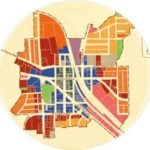




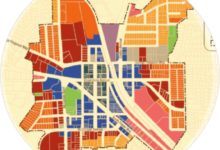
 NEXT
NEXT